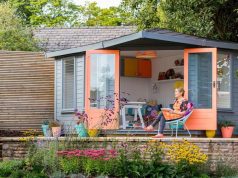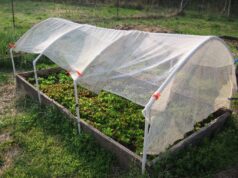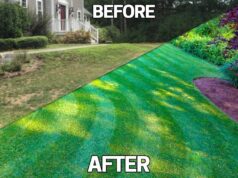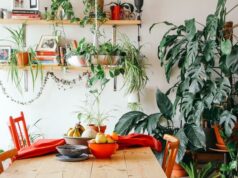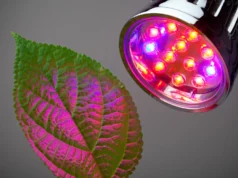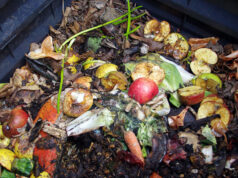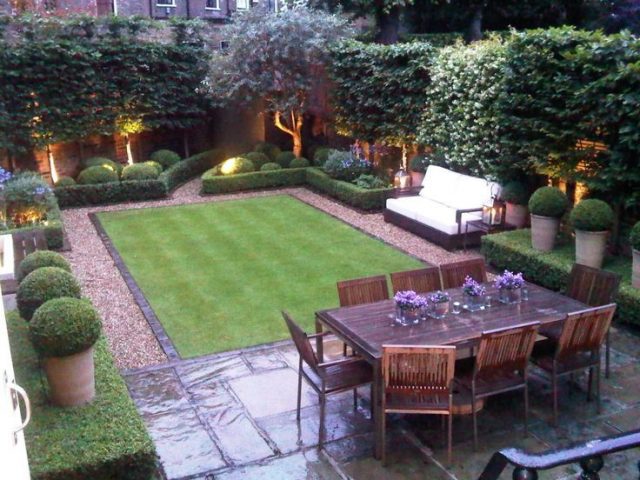
If you take a good look at professional-designed gardens, you’ll notice that it’s a mesh of different elements thrown in together to create a very natural yet balanced design. There’s really no need to pay a professional to get this forest-feel for your garden. Instead, you simply need to understand the different elements at play here – and how to use them at your advantage.
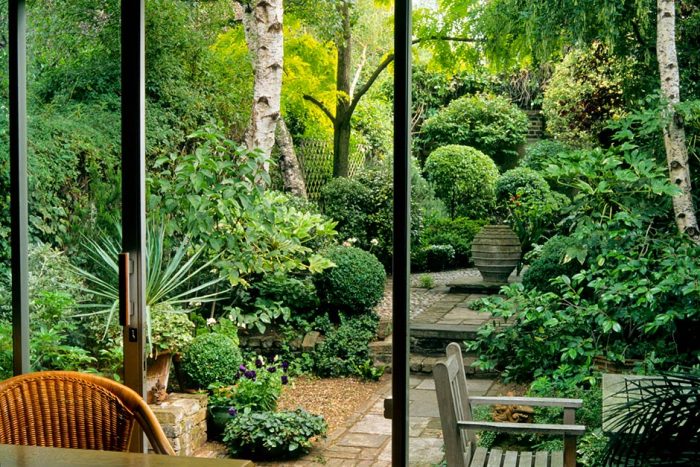
Here’s what you should know about adding dimension.
Start By Creating an Enclosure
Landscaping is not all about gut feel – it has a lot to do with math as well. When designing a garden, you’d want to start by identifying the exact space you intend to occupy. You can always build a fence, but if you aim to keep the garden “open” while still creating that sense of protection, you’ll have to obey the law of significant closure. This means that that height of the vertical closure should be at least 1/3 of the horizontal space. So let’s say the width of the garden is 24 feet which means that the height of the fence should be at least 8 feet. This rule applies even if you intend to use a tree or hedges as your vertical element.
Think: Height, Density, Spread, and Footprint
Height refers to the vertical length of the plant when it reaches maturity. Density refers to the thickness of the plant. If you look at a plant and can barely see what’s behind the leaves – then this means that it has a high density. Spread talks about the width and footprint refers to the amount of square feet the plant will occupy during its lifetime.
Add Tall Plants for Structure and Framing
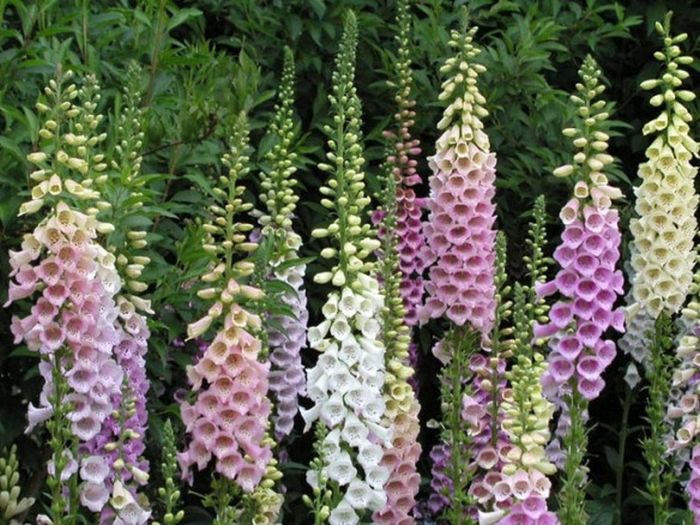
Using the element of height, tall plants are often perfect for creating structure and framing in a garden. They’re a good choice to create the “enclosure” that you want in a garden in lieu of a fence. These plants like bamboos, some climbers, and palms are also perfect for drawing the eyes towards certain points of a garden. You want to put it somewhere where you intend to people to look. This is why tall trees and posts are often placed at the end of a walkway or right beside a garden a bench. Structural parts of a garden should be limited and placed only on areas that you wish to turn into focal points.
Considering Spread and Footprint in the Design
The spread and footprint of the plant becomes crucial during the placement stage. Imagine planting shrubs just 6 inches apart from each other when they’re expected to grow up to 12 inches in width. This can be problematic as the plants grow into each other’s space, limiting their ability to thrive. How do you solve this problem? The answer usually depends on the plant you’re growing.
Trees are not that hard. You want to space them far apart, keeping in mind how big they’re supposed to be when they’re mature. Shrubs – if you’re using them as hedges, are best planted close together to create a streamed line and a tight density. The same holds true for base plants or the kind you plant on the ground to cover the brown earth. Keeping them close together means they’ll cover the ground faster.
Colors, Shapes, and Perennials
It stands to reason that gardens should have a variety of plants for that burst of texture. Spiky bushes, succulents, and shrub bamboos are some examples of uniquely-textured plants you can include in a garden. If you’re partial to flowers however, remember that they have different blooming periods. Plants that flower all year long can be planted en masse or in singles. If the mature plant is tall and grows vertical, you want to plant it as a single structure. However, if they grow short and wide – like lavenders – it’s best to keep them close together to create a beautiful mass of colors.
Planting Big to Small
It can be tough to appreciate how a garden would look until all the elements are in place. A good rule is to start from the big plants and slow move your way to the small ones. Hence, you start with your structural plants or those that occupy a lot of space in both height and width. You add in the medium-sized plants with high density and then put in the base or the ones close to the ground. This approach helps you add in between the spaces so that every inch is covered properly.
Add Texture and Non-Plant Elements
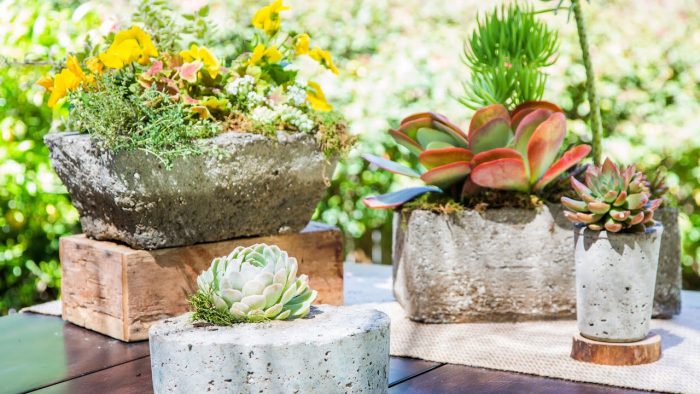
After putting in different varieties of plants, it also makes sense to add some non-plant elements to create a different texture to the whole setup. Most gardens add this element by putting a stone walkway or some uniquely shaped hypertufa planters and decorations for a rougher edge. According to hypertufa.net, these are often in the shape of mushrooms, decorative stones, and even wheelbarrows. Since they’re lightweight and durable when placed outdoors, most landscape artists prefer this material. The beauty of adding planters is that you can add height to a plant that would otherwise be a base plant.
Consider the Element of Sound
Finally, there’s the non-visual elements. Flowering gardens should be able to add an element of sweet to the air or perhaps just a burst of cleanliness thanks to the amount of plants just filtering the air. Water structures bring in the element of sound and motion thanks to the gurgle of running water. You will find that height, motion, and sound are often interspersed together with the addition of mini waterfalls which instantly draws the eyes.
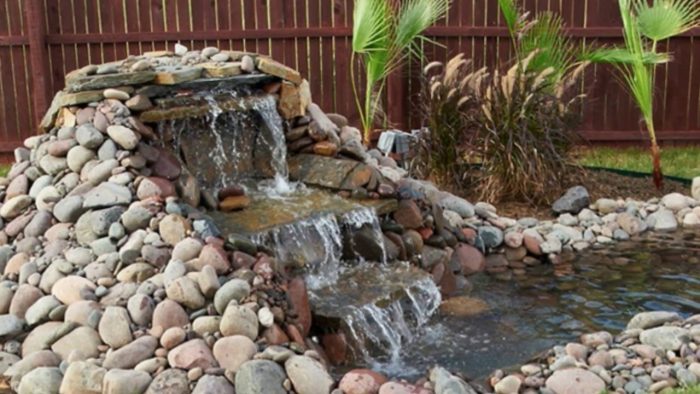
It’s never wrong to draw inspiration from other gardens when designing or planning your own. If unsure, you can always place plants in movable planters and move them around until you get the perfect spot.

